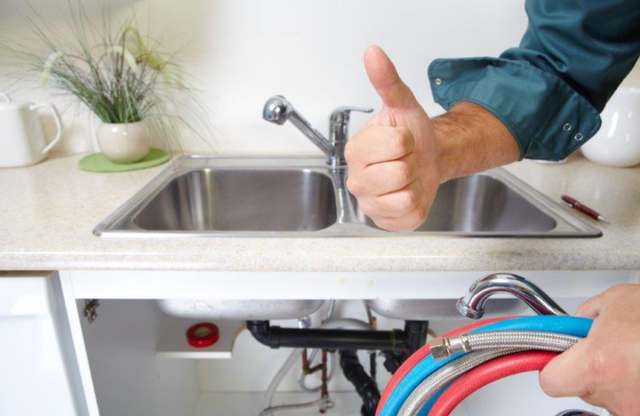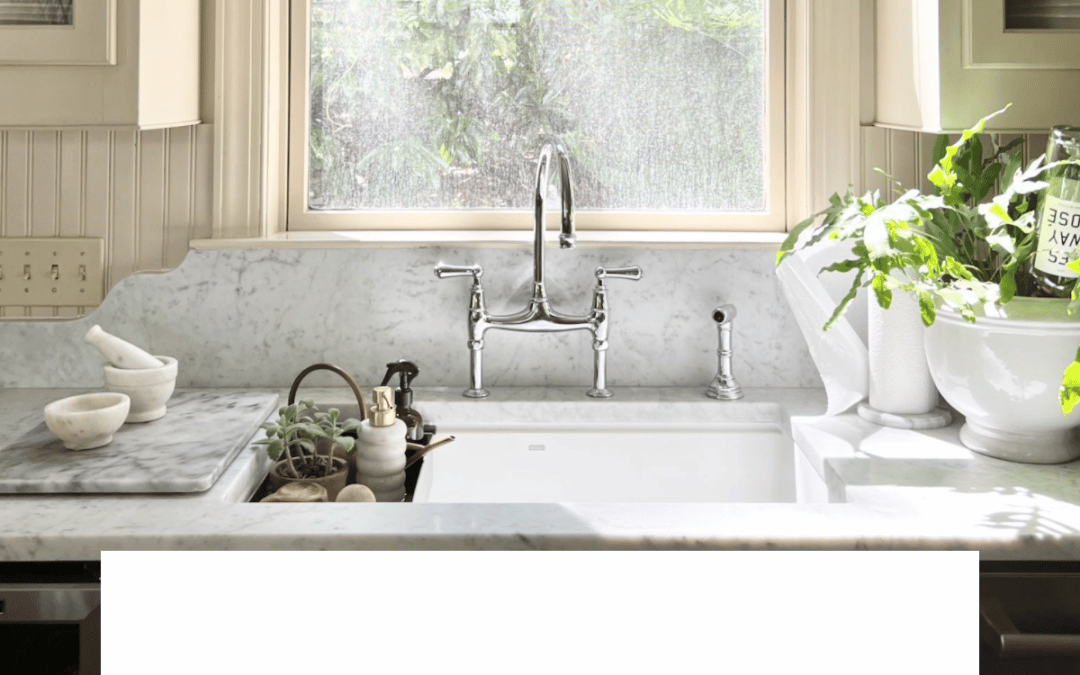Useful Plumbing Winterization Tips to Prevent Pipe Bursts in Cold Conditions
Useful Plumbing Winterization Tips to Prevent Pipe Bursts in Cold Conditions
Blog Article
We have uncovered this great article on How to stop pipes from freezing during the winter below on the net and thought it made good sense to share it with you here.

All house owners who live in warm climates must do their ideal to winterize their pipelines. Failure to do so can lead to calamity like frozen, cracked, or burst pipelines.
Attempt a Hair Clothes Dryer or Heat Weapon
When your pipes are practically freezing, your trusty hair dryer or heat gun is a blessing. If the hot towels do not help dislodge any type of resolving ice in your pipes, bowling hot air directly into them might aid. You might end up destructive your pipelines while trying to thaw the ice.
Open Up Closet Doors Hiding Plumbing
When it's chilly outside, it would certainly be helpful to open cabinet doors that are camouflaging your pipelines. For instance, they could be someplace in your kitchen or bathroom. This will certainly enable the cozy air from your heating unit to distribute there. Consequently, you prevent these revealed pipes from cold. Doing this little technique can keep your pipes warm and restrict the potentially harmful results of freezing temperatures.
Take Time to Cover Exposed Piping
One simple and nifty hack to warm up icy pipelines is to cover them with warm towels. You can cover them initially with towels. After protecting them in place, you can put boiling water on the towels. Do it gradually to allow the towels soak up the liquid. You can also utilize pre-soaked towels in hot water, simply don't forget to use protective gloves to guard your hands from the warm.
Switch on the Faucets
When the temperature declines and also it appears as if the icy temperature level will certainly last, it will certainly aid to transform on your water both inside your home as well as outdoors. This will certainly keep the water streaming through your plumbing systems. You'll end up throwing away gallons of water this way.
Shut down Water When Pipelines are Frozen
If you see that your pipelines are entirely icy or virtually nearing that phase, turn off the major water valve quickly. You will usually discover this in your cellar or utility room near the heating unit or the front wall closest to the street. Turn it off right now to stop further damages.
With more water, more ice will pile up, which will eventually lead to burst pipelines. If you are unclear concerning the state of your pipes this winter season, it is best to call an expert plumber for an evaluation.
All property owners who live in temperate environments need to do their best to winterize their pipelines. Failing to do so can spell calamity like frozen, cracked, or ruptured pipelines. If the hot towels do not aid dislodge any kind of clearing up ice in your pipelines, bowling hot air directly right into them might aid. Transform off the primary water shutoff immediately if you observe that your pipes are totally icy or nearly nearing that stage. With even more water, even more ice will certainly load up, which will eventually lead to break pipelines.
PREVENT YOUR PIPES FROM FREEZING THIS WINTER
A Leading Cause of Property Damage
When the weather is taking a deep nose dive into the cold dreary days, the risk of your pipes freezing and potentially bursting skyrockets. Unfortunately, during these cold dreary months, burst pipes are the most common denominator for property damage. The pipes that are most at the risk are those that are in areas where it is most cold in your home. For instance, pipes located in interior places such as basements, attics, and your garage. Unfortunately, that doesn’t mean that the pipes running through your cabinets or exterior walls can’t freeze. Good news, however, is that you can do things to help prevent pipes from freezing.
How to Prevent Pipes From Freezing
Once the temperature starts to drop during the winter, you should be taking the proper measures needed to ensure that your pipes stay warm and that there is circulation of water through them. Some steps that experts may recommend could go against your better judgement when it comes to saving water and heat. However, it would go without saying that when expenses are compared, damaged pipes could put a bigger dent in your wallet than a water bill.
What Can I Do?
Keep your garage door closed. This is very important, especially if you have water supply lines running through your garage. Open your kitchen and bathroom cabinets to allow warm air to circulate through them. Allow air circulation throughout your home. Keeping the interior doors open will once again allow the warm air to circulate inside your home. Ensure your thermostat is running the same temperature throughout the night and day. If you plan to be away from home during the cold months, set your temperature no lower than 55° F. This should provide enough heat to keep the pipes warm and prevent any remaining water inside the pipes from freezing. For more of a long-term solution, add insulation to attics, basement, and other crawl spaces around your home. By allowing your faucet to drip, it will alleviate pressure in the system. This is important because the pressure that is created between the blockage and the faucet can potentially cause the pipes to burst. Allowing the faucet to drip will prevent the pressure from building up, therefore keeping the pipes from bursting. Seal any cracks, openings, and crawl spaces around your home to prevent cold air from coming inside. This keeps your pipes-not to mention your home-warmer and less susceptible to issues caused by freezing temperatures. For the pipes in your home that are easily accessible, applying electrical tape to them might prevent them from freezing over. This is a quick fix, as you can apply the tape directly to the pipe. There are two options for heating tapes. One turns on and off by itself when it senses heat is needed. The other type of heating tape needs to be applied when heat is needed and removed when not necessary. If you have exposed pipes in your home, you can check this website to take a look at a few options that would be available at a shop near you.

I'm very fascinated with Prevent Freezing and Bursting Pipes and I'm hoping you appreciated the article. Sharing is nice. You just don't know, you might be helping someone out. Many thanks for your time. Don't hesitate to check up our website back soon.
About This Report this page